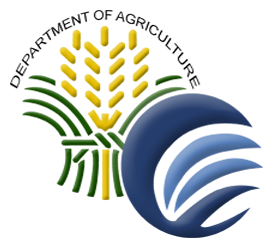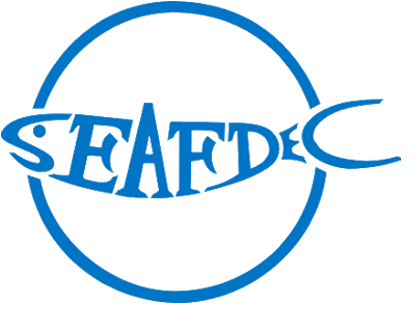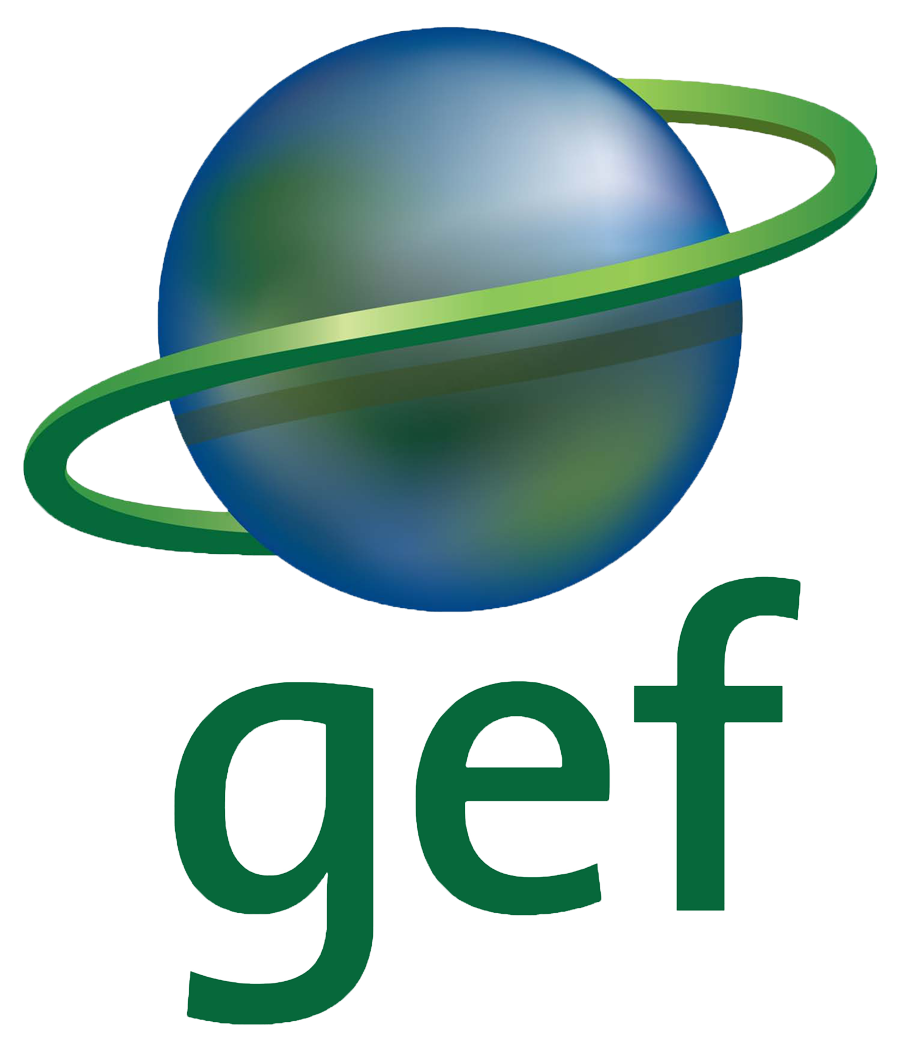Background & Situation Menu
Status and Trends in Fisheries and their Habitats Threats, root causes and barrier analysis Institutional, sectoral and policy context Stakeholder mapping and analysis Baseline analysis and gaps Known Areas of Critical Significance to the Life-Cycles of Fisheries Resources Priority Fisheries Refugia Areas




Establishment of Fisheries Refugia in Philippines:
Background and Situation Analysis to Support
Institutional, sectoral and policy context
This section discusses the basic instruments and support mechanisms for managing marine habitats and populations. It deals with legal instruments, i.e., national laws that also serve as the basis for local ordinances and for the country’s commitment to international agreements, and institutional arrangements in support of fisheries or coastal resources management initiatives, including the roles of various government agencies, research and academic institutions, and the local government units in monitoring, control, and enforcement. This section also examines patterns of resource ownership, the capacity of human resources and institutions to perform research, monitoring, control, and surveillance, as well as the role of management bodies and stakeholders in managing fisheries and coastal resources.
1. Legal instruments
A number of legal instruments form the basis for managing the country’s fish stocks and marine habitats. National laws define the limits and management responsibilities for the use of fishery resources. These laws are mirrored through fishery ordinances at the local level. Various aspects of fish stock, marine habitat, and coastal resources management are articulated in the 1987 Constitution of the Philippines, the Local Government Code of 1991 (Republic Act 7160), the Agriculture and Fisheries Modernization Act of 1997 (RA 8435), and the Fisheries Code of 1998 (RA 8550).
|
The Philippine Constitution articulates general principles for the management and use of all natural resources in the Philippines. In the case of fish stocks, aquatic habitats, and coastal resources, the following are the pertinent provisions:
The right of the people and their organisations to effective and reasonable participation at all levels or social, political, and economic decision-making shall not be abridged. |
|
The Local Government Code forms the basis for transferring (devolving) national level responsibilities to local government units (LGUs). It places the responsibility for the development and delivery of basic services with LGUs. In managing fish stocks and coastal habitats, it incorporates the following:
The right of the people and their organisations to effective and reasonable participation at all levels or social, political, and economic decision-making shall not be abridged. |
|
The Fisheries Code provides the basis for the development, management, and conservation of the country’s fisheries and aquatic resources. It is essentially a consolidation of previous fishery laws and an update of existing laws related to fisheries at the time of its enactment. Pertinent provisions cover various aspects of fisheries, exploitation of fish resources, and their management, namely:
|
|
The major concern of the Agriculture and Fisheries Modernization Act is not just to modernise agriculture and fisheries. It also aims to serve as a framework for a sustained increase in the production of goods and services and for a more equitable distribution of opportunities, income, and wealth. Its provisions intend to attain the following:
|
2. Institutional arrangements (research, monitoring, control, and enforcement)
Various national government agencies are concerned, directly or indirectly, with fisheries utilisation and management. These include the following:
The Department of Agriculture (DA) is responsible for the promotion of agricultural development and growth through increased productivity. Among the primary objectives of the DA is to increase the real incomes of farmers and fisherfolk. The following agencies under the DA are concerned with fisheries, fish utilisation, management, and other support services:
Bureau of Fisheries and Aquatic Resources (BFAR). It recommends plans, programs, policies, rules, and regulations on matters related to fisheries and marine resources, and provides technical assistance in the implementation of these policies;
National Fisheries Research and Development Institute (NFRDI). The research arm of BFAR has the functions to facilitate, monitor and implement various research needs and activities of the fisheries sector; provide a venue for intensive training and development of human resources in the field of fisheries, a repository of all fisheries researches and scientific information; establish, strengthen and expand the network of fisheries research communities through effective communication linkages nationwide also through collaborative efforts with international institutions.
Philippine Council for Agriculture and Fisheries (PCAF). It acts as an advisory body to the DA and serves as a forum for continuing consultative discussions within the agricultural and fishery sectors. PCAF is the DA's main agency in charge of coordinating private sector participation in the development of agricultural and fisheries sectors. It builds partnerships between the government and the private sector, as well as between the DA and LGUs.
Philippine Fisheries Development Authority (PFDA). It promotes growth of the fishing industry and improves efficiency in the handling, preserving, marketing, and distribution of fish and fishery products through the establishment of fish ports, fish markets, and other infrastructures necessary for the progressive advancement of the fishing industry. It has joint management agreement with coastal LGUs for the management of municipal fish ports.
The Department of Environment and Natural Resources (DENR) promotes the well-being of Filipinos through the sustainable development of forest and marine resources, optimal utilization of land and minerals, and effective environmental management. The DENR also has several agencies under it that are directly or indirectly concerned with the management of marine habitats.
Agencies involved in research and scientific coordination work include the Department of Science and Technology - Philippine Council for Agriculture, Aquatic and Natural Resources Research and Development (PCAARRD), a policy-formulating and coordinating body for aquatic and marine science and technology development; the DA – Bureau of Agricultural Research (BAR), the main coordinating body for all research conducted by the DA; and the DENR - Ecosystem Research and Development Bureau (ERDB), which is DENR's research coordinating unit. There are likewise academic institutions that focus their scientific work on fish and aquatic organisms, including the various institutes under the College of Fisheries and Ocean Sciences (CFOS); the Marine Science Institute (MSI) of the University of the Philippine System; the Marine Laboratory of Siliman University; the Marine Biology Department of San Carlos University; and various fisheries colleges and departments of other state universities.
Other national government agencies concerned with the enforcement of fishery and environment laws include the Department of Interior and Local Government (DILG); the Maritime Group of the Philippine National Police (PNP); the Department of Tourism (DOT)' the Department of National Defense (DND); the Department of Transportation and Communication (DOTC); and the Philippine Coast Guard (PCG).
Other national government agencies mandated to coordinate national activities include the National Economic Development Authority (NEDA), which coordinates various social and economic plans, policies, programs, and projects on national and sectoral levels, and the Department of Foreign Affairs (DFA), which heads the Cabinet Committee on Marine Affairs and addresses the various concerns regarding the implementation of the 1982 United Nations Convention on the Law of the Sea (UNCLOS).
The Congress of the Philippines, particularly the Committees on Agriculture, Ecology, and Natural Resources of the House of Representatives, and the Committees on Environment, Agriculture, and Food of the Senate.
The Local Government Units, which by virtue of the devolution of the responsibilities of the national government under the Local Government Code of 1991, had been given the exclusive authority to grant fishery privileges in municipal waters and the responsibility to manage its fish stocks and aquatic resources.
Although it appears that there are many agencies involved, directly and indirectly, in the management of fisheries resources, the immediate burden still lies with the local government or the municipality. The municipality, however, cannot conduct research and monitoring concerning the management of fish and invertebrate resources. This activity is usually performed in collaboration with BFAR, DENR, DOST, and various research and academic institutions in the form of projects usually funded by international agencies or in the form of loan. A number of similar initiatives are also being conducted in collaboration with non-governmental organisations (NGOs). For the gathering and monitoring of baseline data by these institutions or organisations, an institutional capability-building component is usually included to ensure the continuation of activities even beyond the life of the project.
In some initiatives, support for the development of a legal basis for the management of coastal and aquatic resources is also given. The products are municipal ordinances governing the proper utilisation of resources or, in most cases, a codified set of fisheries ordinances covering all aspects of utilisation and management of fish and other aquatic resources.
The municipality also carries the burden of enforcing fishery laws. In most cases, a composite team of civilian volunteers, police, and military personnel is formed to conducts sea patrols and apprehend violators of fishery laws or, at least, deter illegal fishing activities. Many of these sea patrols, locally called bantay dagat, were created with external help from NGOs and other institutions, as part of project interventions. Members of the composite team also receive training in enforcement procedures, such as proper boarding, collection, and evidence preservation.
Municipalities sharing a common resource system, like bays and gulfs, unite and form an Integrated FARMC. Initiatives among these municipalities are harmonised to achieve proper utilisation of the common resource system. The Municipal Fisheries Ordinances (MFO) of participating municipalities are also harmonised and coastal resources management plans are coordinated by a governing body or council. Although municipal authorities manage their respective sea patrols, attempts are also made to coordinate enforcement of fishery laws.